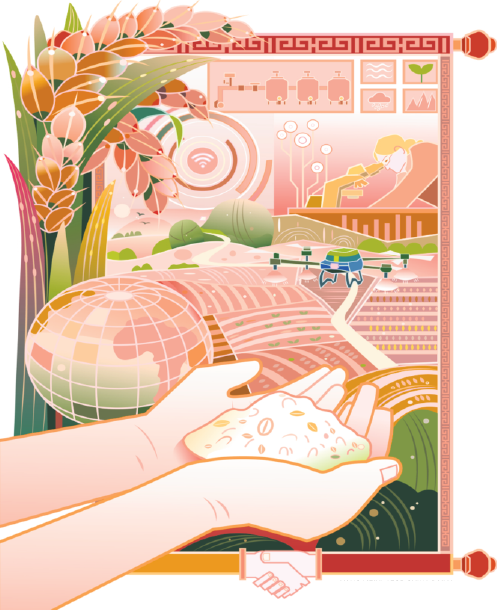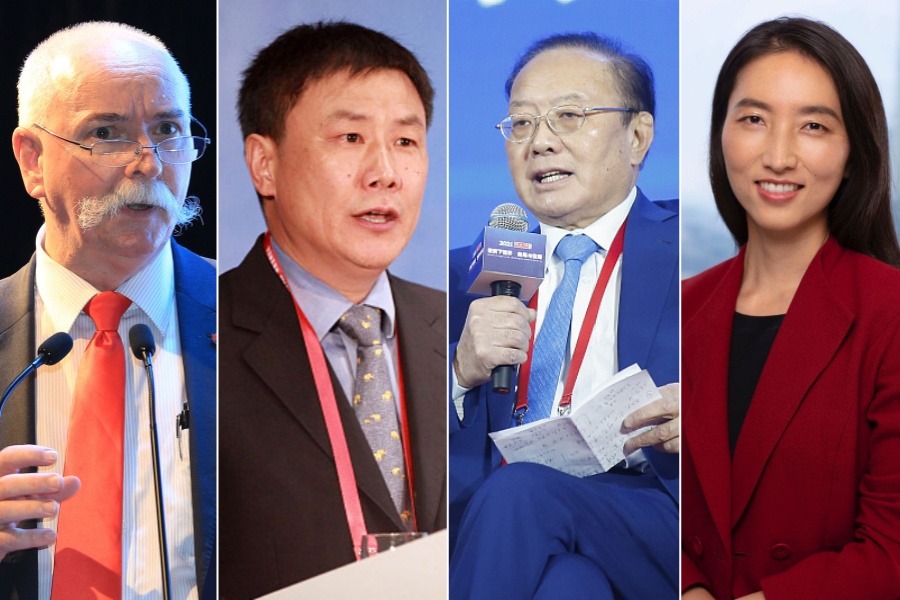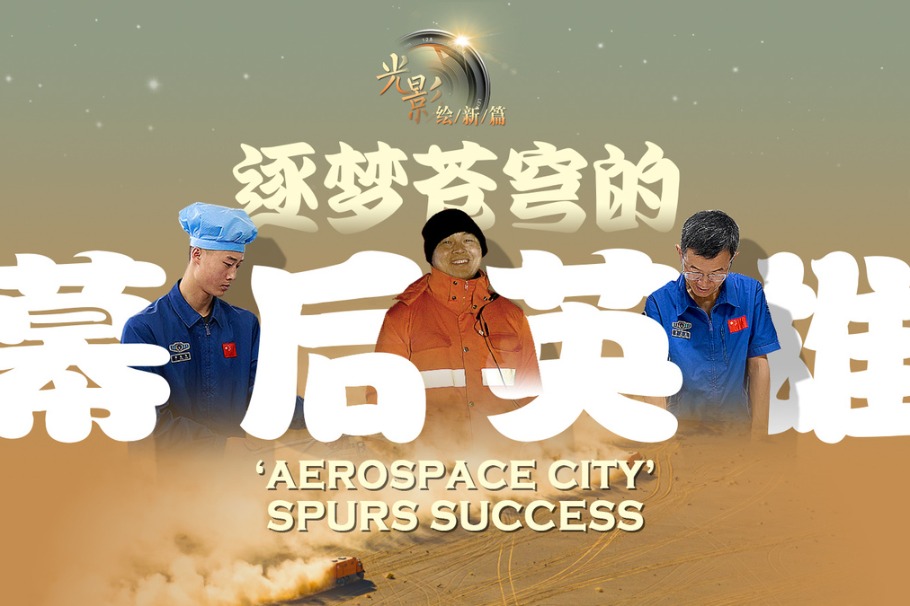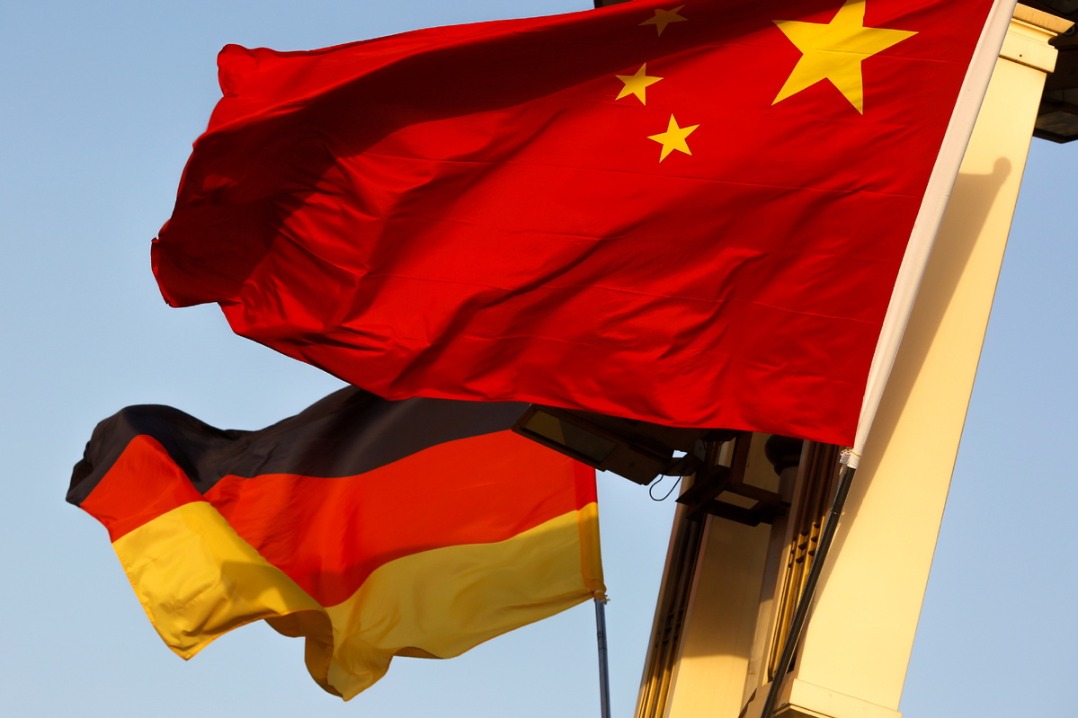Growing public good


Leveraging SSTC to promote Conservation Agriculture and the green economy
The world's food systems are under threat. The number of people affected by hunger globally rose to as many as 828 million in 2021, an increase of about 46 million since 2020 and 150 million since the outbreak of the COVID-19 pandemic, according to the 2022 edition of The State of Food Security and Nutrition in the World. Attaining food security for a growing global population while sustaining agricultural ecosystems under the current scenario of depleting natural resources, negative impacts of climatic change, spiraling cost of inputs and rising food prices are growing challenges to today's food system.
Transformational change in our food system is a pressing necessity. Conservation Agriculture promises a hopeful alternative to high cost, stagnant or declining productivity and environmentally damaging production practices. According to the Food and Agriculture Organization of the United Nations, Conservation Agriculture demonstrates three principles, namely minimum soil disturbance, maintenance of a permanent soil cover, and diversification of plant species. By reducing the dependence on chemical inputs, and lowering the labor requirement for production through minimum tillage practices, Conservation Agriculture can concurrently build the resilience of the farming community including for resource-poor smallholder farmers, women and elderly workers who are most vulnerable to climate shocks and stress. Importantly, Conservation Agriculture also provides a sustainable alternative for using rather than burning crop residues, a common practice in the Asia-Pacific region that is a major cause of air pollution.
Despite the distinct merits of CA, its adoption in the Asia-Pacific region is limited. South-South and Triangular Cooperation offers huge potential to facilitate knowledge sharing, exchange of technical know-how and technology transfer in support of adopting and upscaling conservation agriculture across countries and institutions in the Asia-Pacific region. There are a number of things that can be done to promote CA through the mechanism of SSTC in the region.
First, developing countries can enhance their knowledge of CA through SSTC learnings and exchanges. Despite the many definitions of CA, the FAO has established a leading system to guide CA practice and provided technical standards. At present, almost all researchers working on CA adhere to the three principles and definition of CA provided by the FAO. The FAO, as a facilitator, works with partners to promote learning and sharing on CA.
Second, CA skills and techniques can be transferred through field projects. Over the last decade, the FAO has been implementing field projects that place greater emphasis on helping farmers to improve their care of the land through CA practices. Notably, the FAO has also established an interdisciplinary Conservation Agriculture Working Group, which works closely with CA networks to promote knowledge sharing and skill transfers.
To further leverage the potential of SSTC to promote CA, the FAO places a strong focus on large SSC providers such as China, India and active triangular partners. For instance, an FAO Trust Fund supported project in Mongolia has facilitated the cooperation between China and Mongolia. Consequently, Mongolian farmers have improved their incomes through enhanced access to China's cultivation technologies, practices and greenhouse management. The transfer and adaptation of technical know-how and experiences as well as access to improved technologies under the SSC framework have significantly improved horticultural production, a key factor in food security and nutrition diversification in Mongolia.
The impact of the transfer and adaptation of technical know-how and experiences can be enlarged by jointly working with triangular partners. Through the Australian Centre for International Agricultural Research-China research collaboration in conservation tillage, Australian conservation tillage equipment and residue treatment methods were introduced to China in the 1990s. By 2018, research papers showed increases of 4 to 8 percent in yield, significant increases in soil organic carbon, water retention and reductions in greenhouse gas emissions. The initiative has transitioned quickly from bilateral research collaboration to trilateral opportunities in East Asia and the Pacific. As the largest SSC provider in the world and by partnering with triangular partners, China cannot only share its successful CA practices and experience with other developing countries, but also provide SSTC funding to support the global spread of CA which meets the goals of international development cooperation under the Global Development Initiative.
The FAO will continually work on mobilizing resources from international financial institutions, the private sector and foundations for CA promotion. Working with the host country governments has proved to be the most efficient way of promoting CA in developing countries. Local governments can mobilize resources from different stakeholders to make the process of technology transfer more efficient and inclusive. To efficiently quicken the speed with which CA is adopted, more resources from the private sector such as local enterprises and local farmer cooperatives are also needed. In the recent Global South-South Development Expo 2022, held in Bangkok, the FAO and partners proposed a Conservation Agriculture Alliance for the Asia-Pacific as a regional CA platform to facilitate CA policies exchanges, CA agro-machinery sector capacity building, and precision agriculture promotion among member nations, regional institutions, academia, and private sectors.
All in all, the global spread of CA to some extent can be considered as a global public good that not only benefits the local stakeholders of a certain area but also contributes to global environmental sustainability. SSTC has huge potential to accelerate the process.
Shi Jiaoqun is a special adviser for South-South and Triangular Cooperation, FAO Regional Office for Asia and the Pacific. Zhang Chuanhong is the director of the Center for International Development Aid Studies of College of International Development and Global Agriculture, an associate professor of the College of Humanities and Development Studies at China Agricultural University. The authors contributed this article to China Watch, a think tank powered by China Daily.









































